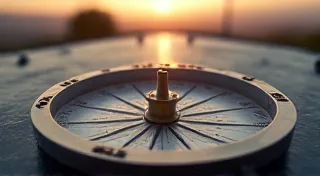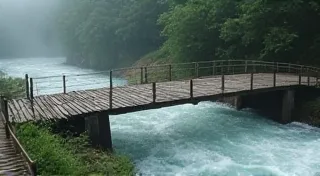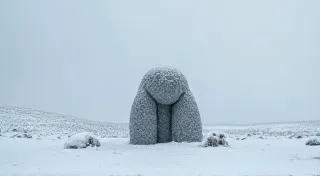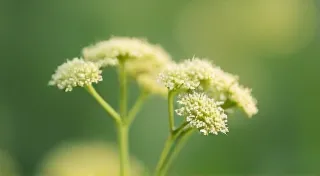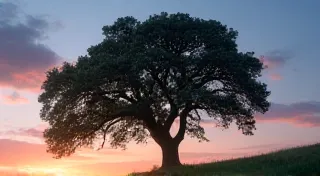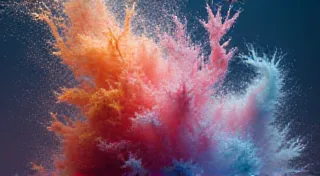Ephemeral Gardens: Cultivating Fleeting Beauty in Chalkboard Botanical Art
There’s a certain melancholy beauty inherent in things that are transient, things we know are destined to fade. Think of cherry blossoms drifting on the wind, the vibrant hues of a sunset, or the fleeting notes of an antique accordion – each a poignant reminder of time’s relentless march. This same ephemeral quality is what draws so many artists to chalkboard art, and particularly to the captivating world of botanical chalk creations. It's a practice rooted in a unique appreciation: a celebration of beauty knowing it won’t last.
My own fascination with chalkboard art began, unexpectedly, with an accordion. Not a chalkboard, but this weathered, almost mournful instrument I found tucked away in my grandfather's attic. It was a Hohner, probably from the 1930s, its bellows cracked, its keys stubbornly silent. Cleaning it, carefully dusting away decades of neglect, I felt a tangible connection to the hands that once coaxed music from it. Each crack, each scratch, told a story of dances, of laughter, of lives lived and lost. That instrument, and the feeling of holding history in my hands, sparked a desire to create something beautiful, knowing it, too, would eventually vanish.
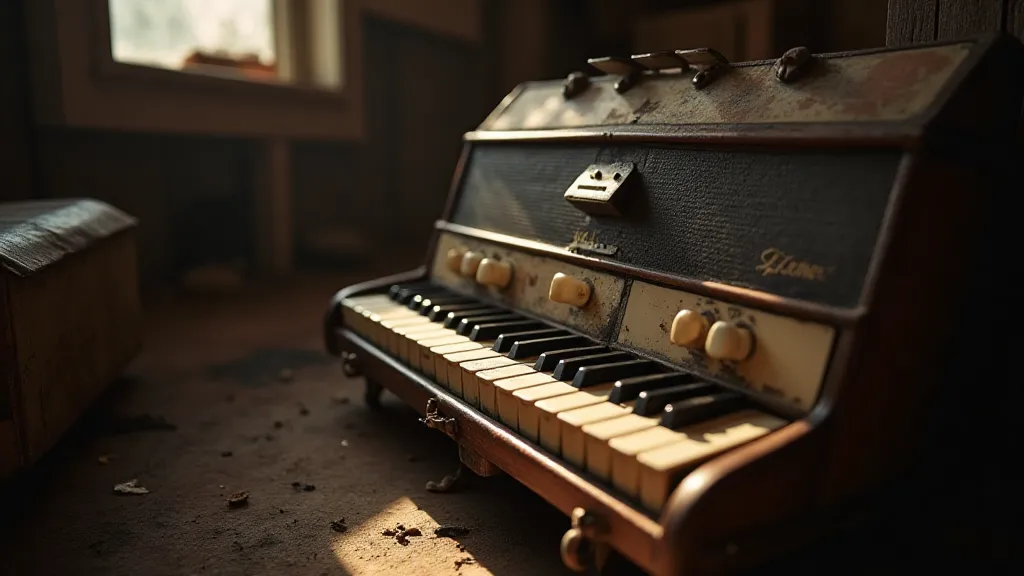
The Historical Roots of Chalkboard Art
While the modern resurgence of chalkboard art feels very contemporary, its roots extend surprisingly deep. Blackboards themselves have a rich history, initially appearing in schools in the late 18th century. The idea of decorating them, however, isn’s entirely new either. Early schools often used chalkboards to display inspirational quotes and rudimentary illustrations. As artistic techniques evolved, so did the application of chalkboards. By the late 19th and early 20th centuries, traveling salesmen and peddlers frequently used chalkboards to advertise their wares, creating eye-catching signage that was easily erased and updated. The ephemeral nature of the medium was, and still is, a distinct advantage.
The popularity of chalkboard art experienced a significant revival in the early 2000s, fueled by a desire for handcrafted aesthetics and a reaction against the ubiquity of digital media. Coffee shops, restaurants, and boutiques embraced chalkboard menus and signage as a way to create a warm, welcoming, and personalized atmosphere. The handmade quality resonated with consumers seeking authenticity.
The Allure of Botanical Chalk Art
Of all the subjects that can be rendered on a chalkboard, botanical art holds a particularly special appeal. Perhaps it's the inherent beauty and complexity of flowers and foliage, or the quiet symbolism associated with different plants. Regardless, creating botanical chalk art is a wonderfully meditative and rewarding process.
There's a certain challenge in recreating the intricate details of a rose petal, the delicate veining of a leaf, or the graceful curve of a stem using only chalk. It requires patience, a keen eye for observation, and a willingness to embrace imperfection. And, unlike traditional painting or drawing, the knowledge that the artwork will eventually disappear encourages a more playful and experimental approach. You can afford to take risks, to learn from your mistakes, and to enjoy the process without the pressure of permanence.
Techniques and Materials
The essential materials for botanical chalkboard art are, of course, a chalkboard and chalk. However, the nuances of the medium go far beyond that. Different types of chalk offer different textures and color intensities. Soft pastels provide a velvety finish and vibrant hues, while hard chalks offer sharper lines and more control. Blending techniques are crucial for achieving realistic shading and depth. Stumping (using a blending stump or even your finger) can soften edges and create seamless transitions.
Creating realistic botanical chalk art involves careful observation and attention to detail. Study the anatomy of plants – understand how leaves are arranged on stems, how petals overlap, and how light interacts with different surfaces. Start with simple shapes and gradually build up complexity. Practice drawing basic elements like leaves and stems before attempting entire bouquets. And don't be afraid to experiment with different techniques and materials to find what works best for you.
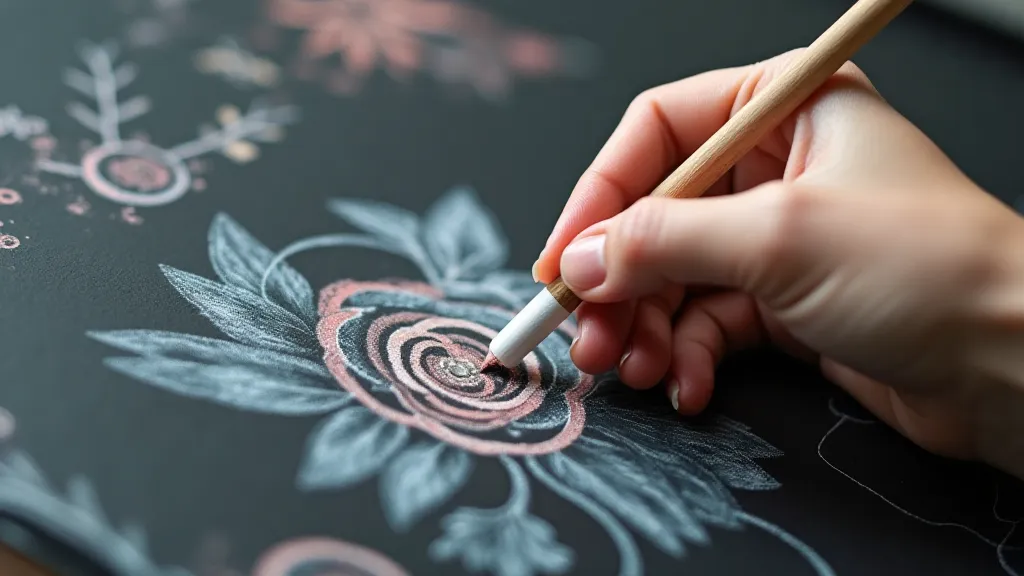
Embracing the Ephemeral
The true beauty of botanical chalkboard art lies not just in the finished product, but also in its fleeting nature. Knowing that the artwork will eventually fade encourages a deeper appreciation for the present moment, for the beauty that exists in impermanence. It's a reminder that everything changes, that nothing lasts forever. And that, in itself, is a profound and comforting truth.
Think of the restoration process for antique instruments like my grandfather's accordion. While careful cleaning and repair can preserve its physical integrity, the music it once produced is gone, a memory locked in time. Similarly, the botanical chalkboard art, though meticulously created, is destined to disappear. But the joy of creating it, the connection to nature, and the shared experience with those who view it—these remain.
The act of erasing a chalkboard, of watching the image dissolve back into the darkness, can be surprisingly cathartic. It's a symbolic letting go, a release from the need to hold onto things. It allows you to start fresh, to embrace new possibilities, and to create something new.
Collecting and Preservation (A Fleeting Thought)**
While the inherent nature of chalkboard art celebrates impermanence, some may desire a record of their creations. Photography is the most straightforward approach. High-resolution images can capture the detail and beauty of the artwork, allowing you to preserve it digitally. However, keep in mind that a photograph, however stunning, can never truly replicate the tactile experience of viewing the original chalk drawing. Attempting to "preserve" the chalk on the board itself is generally not advisable, as the materials are not designed for long-term stability and will likely degrade over time. The true artistry lies in the creation, not the preservation.
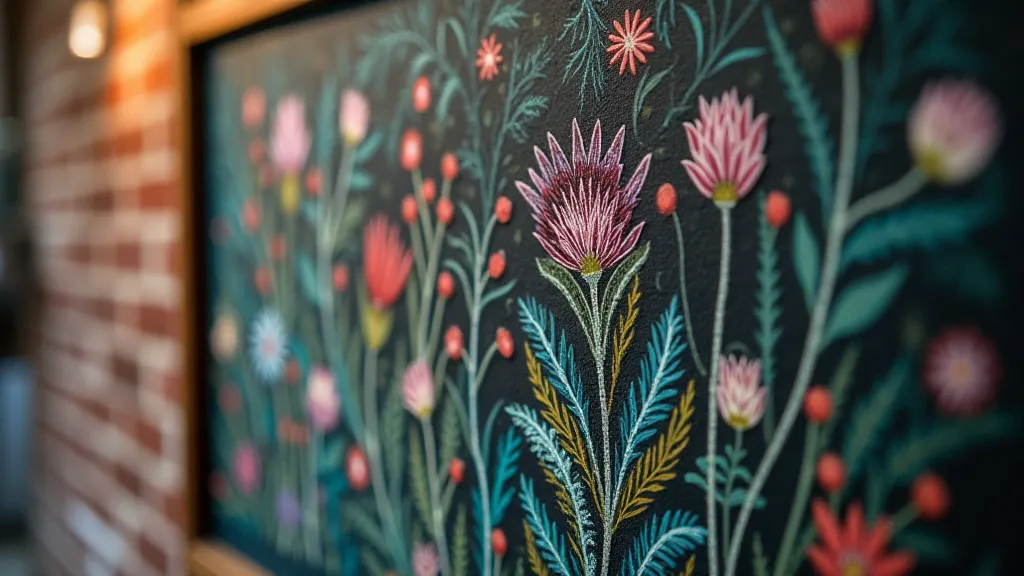
Ultimately, the world of chalkboard botanical art is a testament to the beauty of fleeting moments, the power of craftsmanship, and the profound connection between art, nature, and the passage of time. It’s a practice that invites us to slow down, to appreciate the present, and to embrace the impermanence of all things.
